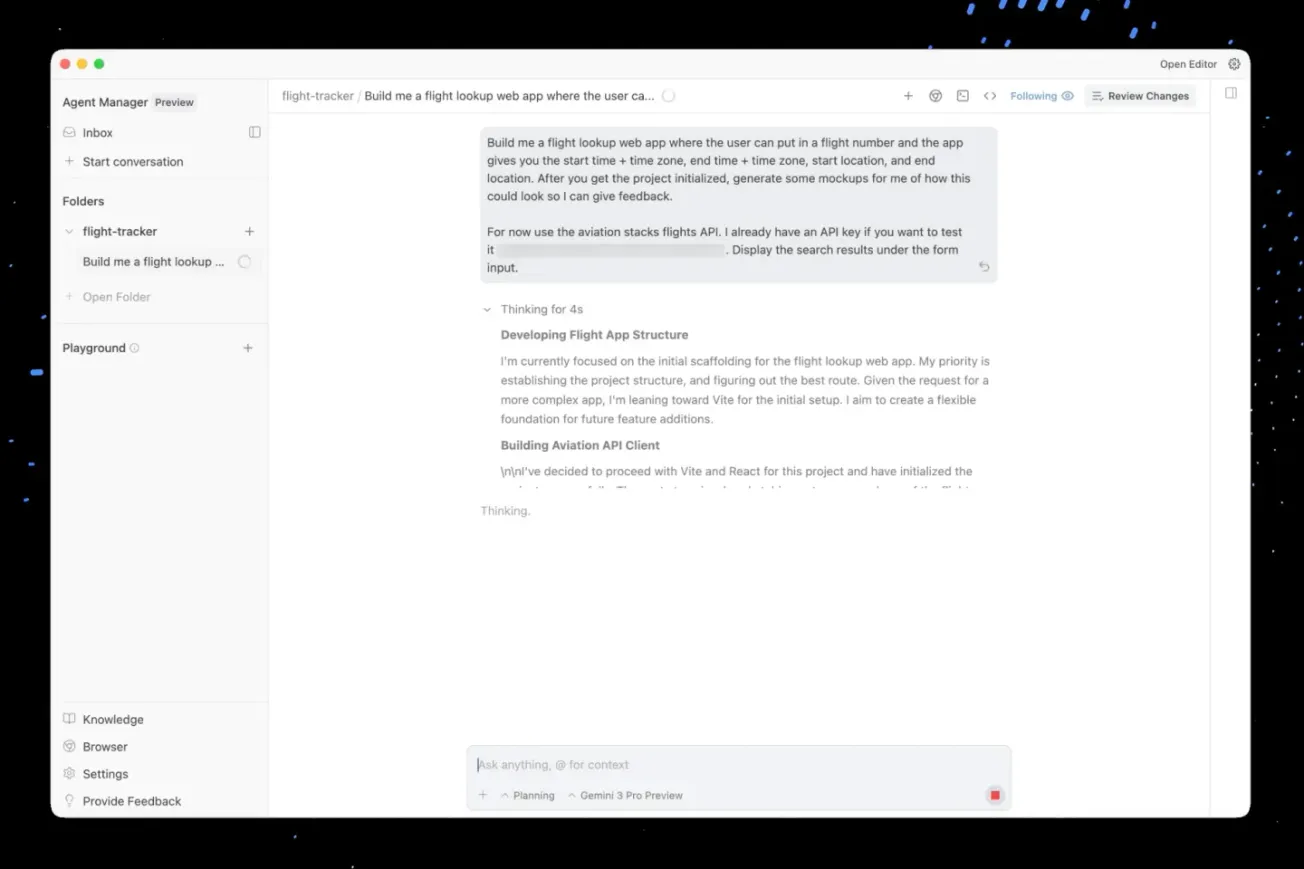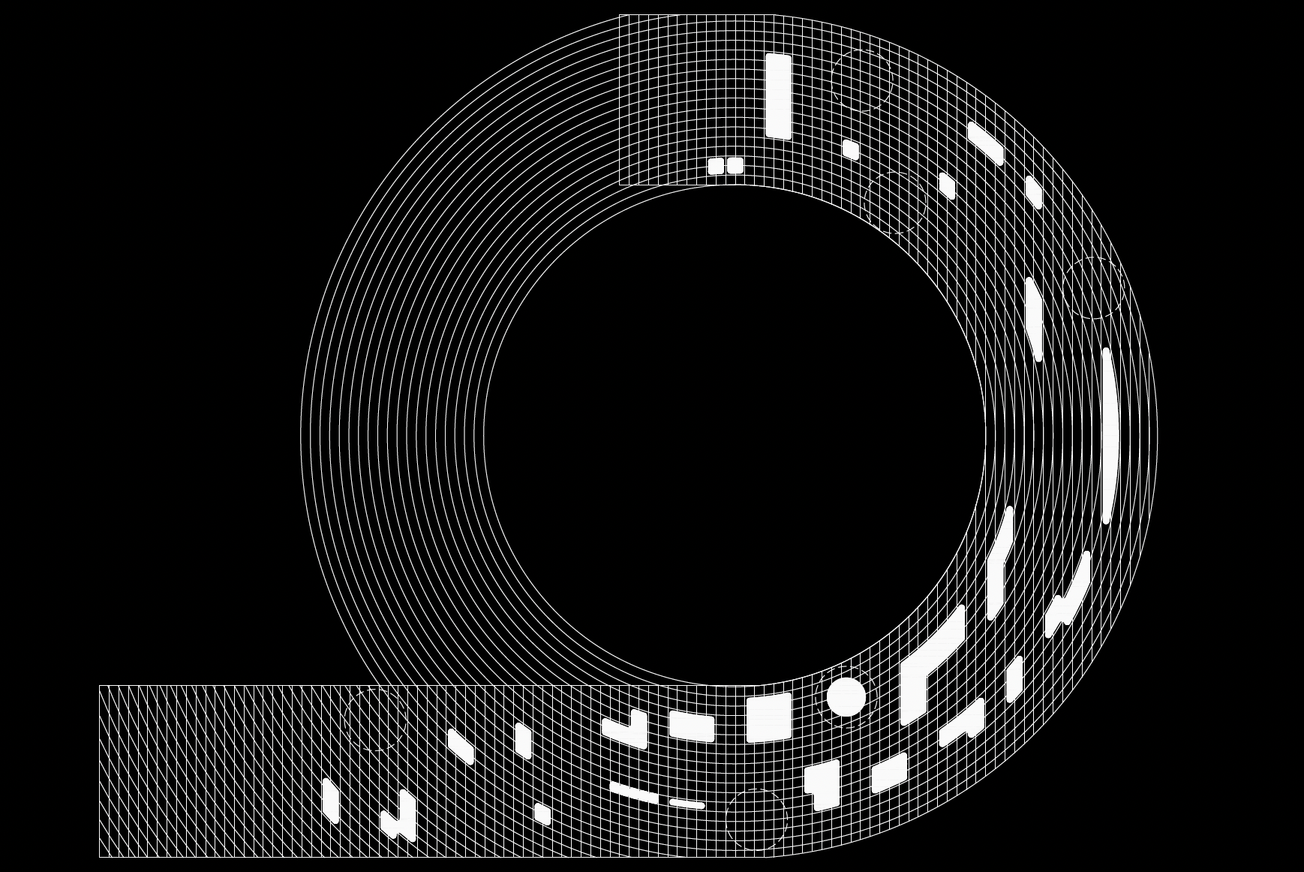A recent Financial Times analysis suggests that social media usage may have plateaued, with engagement declining across major platforms and younger users signaling fatigue. The findings raise questions about whether the growth engine that has defined digital life for nearly two decades is slowing—and what this means for design and culture.
Facebook continues to lose relevance among younger demographics, while TikTok, once positioned as unstoppable, is showing slower growth in key markets. Even Instagram reports lower session times, a shift that analysts link to both platform saturation and changing user expectations. For Gen Z, social media is less an entertainment hub than an obligation: a place of performative visibility, often weighed down by anxiety rather than excitement.
The implications extend beyond market valuations. If “peak social media” has arrived, designers and technologists must shift focus from scaling user numbers to cultivating meaningful engagement and cultural legitimacy. Questions of trust, authenticity, and sustainable interaction are now at the center of platform strategy.
Social media may not be disappearing, but its dominance as the defining digital medium is no longer guaranteed. For those shaping its future, retention and resonance could matter more than reach.







